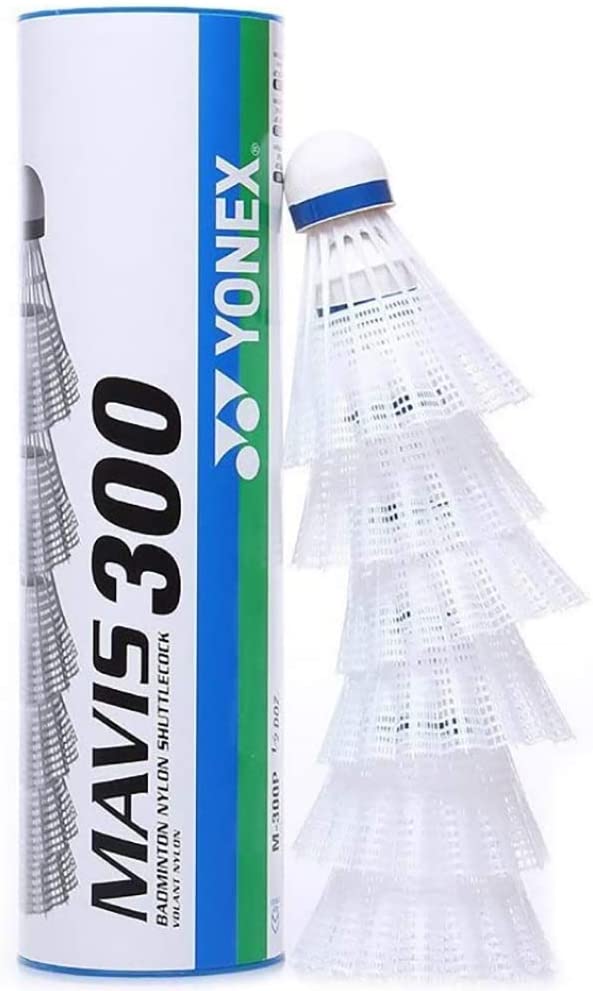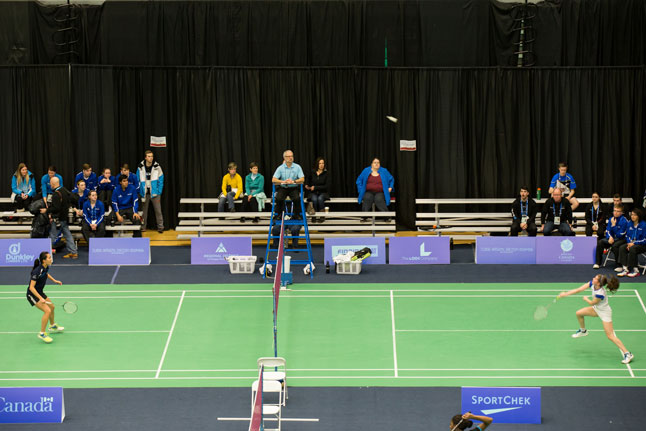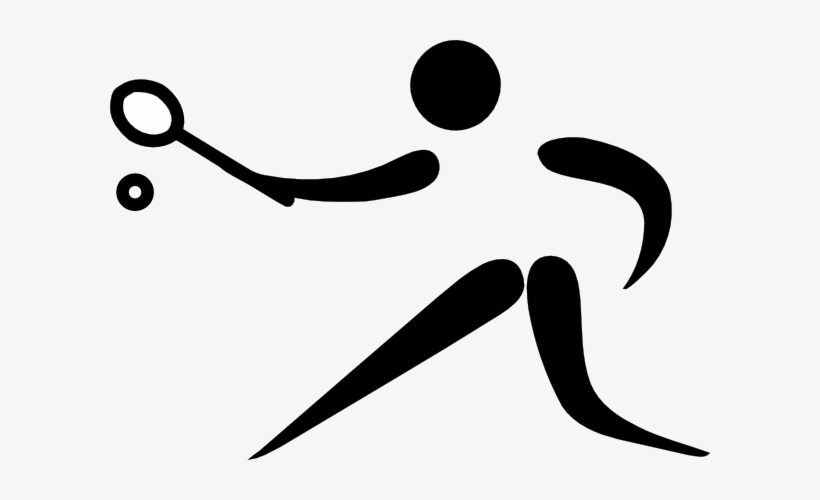What Are The Two Types Of Serves In Badminton?
In playing badminton, players and coaches come up with the best strategies to win a game. One of the strategies teams often use is the type of services they will use that are effective against their opponent and beneficial for their game. The two types of serves in badminton match; forehand serve and backhand serve. This type of service results in different outcomes; winning a game will be a lot easier with the right strategy.

Every badminton point duel begins with a serve. It is the initial stage in the game that introduces participants to one another. Every touch in badminton is essential, but the first time you hit the birdie may significantly impact you. A strong serve may provide you a considerable advantage since, if played correctly, the opponent may use a significant amount of mental and physical energy on the return (Wright, 2018). This implies that their reply will be less effective, giving the serving player the previously described advantage. The following step in the exchange may be selected freely and based on their judgment and requirements.
Forehand serves make the shuttlecock go long towards the backline of the court. This service gives a significant advantage for the server since the return will provide ample time to react to the opponent’s counter. However, this type of serve imposes a substantial risk as it could result in an out as it is less accurate than a backhand serve.

On the other hand, a backhand serve gives more control towards the trajectory of the shuttlecock, decreasing the probability of a fault in service. With the backhand serve, you have a greater chance of getting the shuttle hurled up, giving you more opportunities for various shots.

Regardless of these reasons, varying the playing style will give a much better result when playing a game. The ability to adapt to sudden changes will help players ensure a victory without much difficulty.












